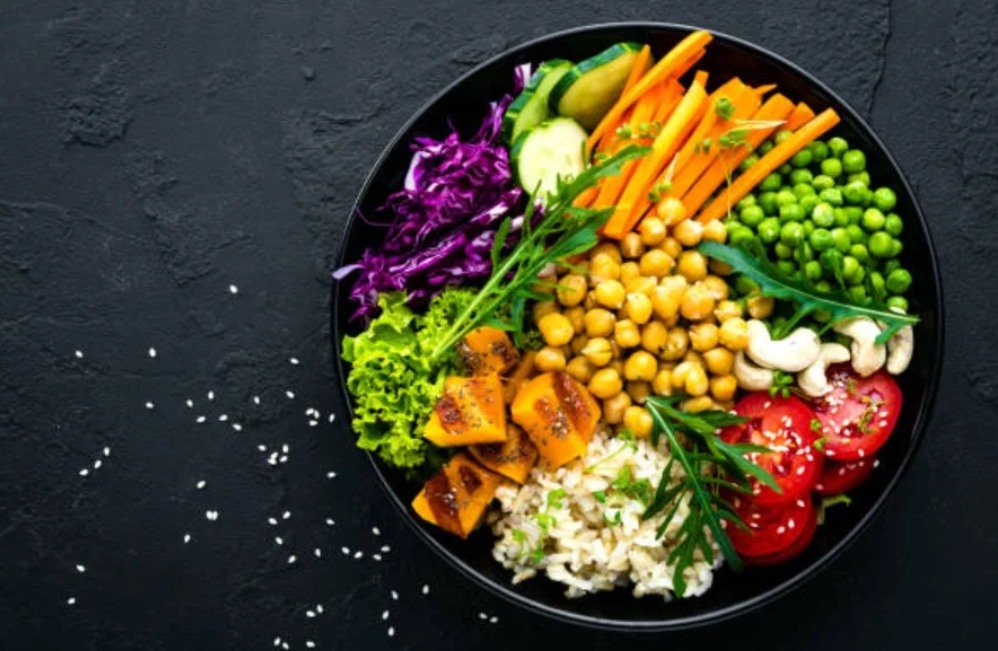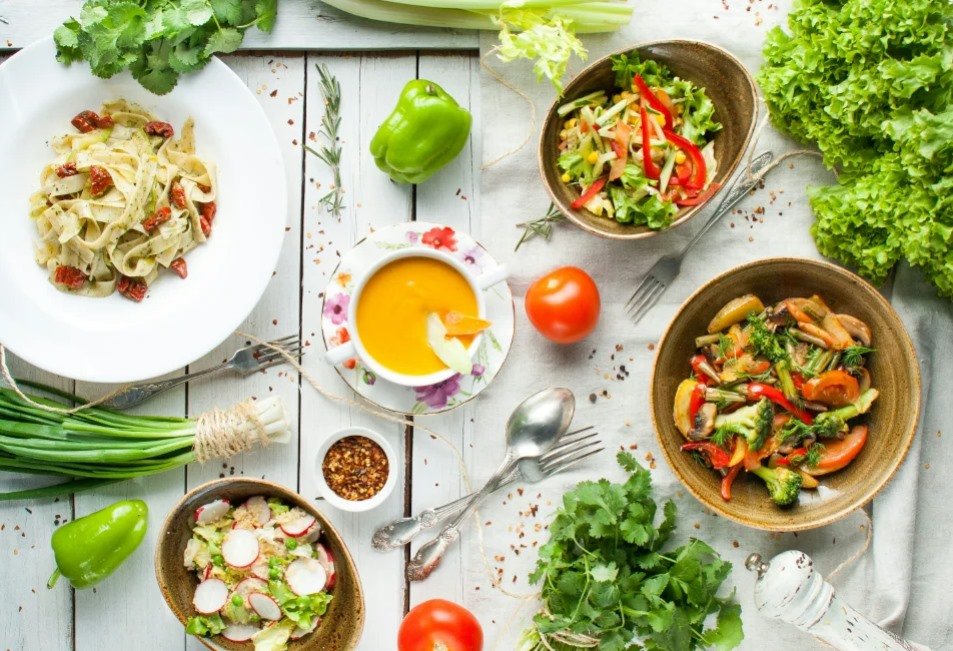
Introduction
Changing the way you eat is not always easy, but it can have many health and lifestyle benefits. Many people today are choosing to move toward plant-based diets because they support wellness, reduce environmental impact, and align with ethical values. However, going vegetarian or vegan can feel overwhelming if you are not sure where to start. This guide will show you step by step how to transition to a vegetarian or vegan lifestyle in a way that is simple, practical, and sustainable.
Understand the Basics
Before making changes, it is important to understand what each diet includes. A vegetarian diet removes meat, poultry, and fish but may include dairy products and eggs, depending on the type of vegetarianism you follow. A vegan diet is stricter and avoids all animal products, including dairy, eggs, and even honey. Knowing these basics helps you set clear goals for your transition.
Start Slowly
One of the best ways to begin is by making gradual changes instead of cutting everything out at once. You can start by replacing meat in a few meals each week with plant-based alternatives such as beans, lentils, or tofu. Slowly increasing the number of vegetarian or vegan meals will make the change less stressful and more sustainable.
Learn About Plant-Based Protein
Protein is an essential nutrient, and many people worry about not getting enough when switching diets. There are many plant-based protein sources, including beans, lentils, chickpeas, quinoa, nuts, seeds, tofu, and tempeh. Dairy products and eggs can also provide protein for vegetarians. Understanding these sources will make it easier to balance your meals and feel confident about your food choices.
Plan Your Meals
Meal planning is an important step in learning how to transition to a vegetarian or vegan lifestyle. Without planning, it can be easy to rely on unhealthy processed foods instead of whole plant-based options. Create weekly menus that include a variety of fruits, vegetables, whole grains, legumes, nuts, and seeds. Planning ahead helps ensure that you are meeting your nutritional needs while keeping your meals enjoyable.
Explore New Recipes
Experimenting with new recipes can make the transition more exciting. There are countless vegetarian and vegan recipes available, from simple salads and soups to creative dishes using plant-based alternatives. Trying different recipes will help you discover what you like and keep your meals interesting.
Stock Your Kitchen
Having the right foods at home makes it easier to stick with your goals. Stock your pantry with essentials such as beans, lentils, quinoa, brown rice, oats, nuts, and seeds. Keep plenty of fresh vegetables and fruits on hand as well. For vegans, it is also helpful to explore plant-based milk, cheese, and meat alternatives to make the transition smoother.
Pay Attention to Nutrients
When moving to a vegetarian or vegan diet, certain nutrients need more attention. Vitamin B12 is mainly found in animal products, so vegans should consider fortified foods or supplements. Iron, calcium, vitamin D, and omega-3 fatty acids are also important nutrients to watch. Eating a wide variety of plant-based foods will help, but you may need to plan carefully or talk to a health professional about supplements.
Find Support
Making big changes to your eating habits can be easier when you have support. You can connect with online communities, follow vegetarian or vegan blogs, or talk to friends who are already living this lifestyle. Support systems can provide encouragement, meal ideas, and solutions to common challenges.
Eat Out with Confidence
At first, eating out may seem challenging, but many restaurants now offer vegetarian and vegan options. Look at menus online before visiting, and do not be afraid to ask about substitutions. Many cuisines, such as Indian, Mediterranean, and Asian, naturally include plant-based dishes, making it easier to find something that fits your diet.
Be Patient with Yourself
Transitioning to a new lifestyle takes time. It is normal to make mistakes or have days when you find it hard to stick with your plan. What matters most is consistency and the willingness to keep going. Over time, eating vegetarian or vegan will feel natural, and you will discover what works best for you.
Conclusion
Learning how to transition to a vegetarian or vegan lifestyle does not need to be complicated. By starting slowly, planning your meals, learning about plant-based nutrition, and finding support, you can make the change in a way that feels manageable. Whether you choose vegetarian or vegan, both diets offer health benefits and can align with values that matter to you. The key is to take it step by step and build habits that you can maintain for the long term.

